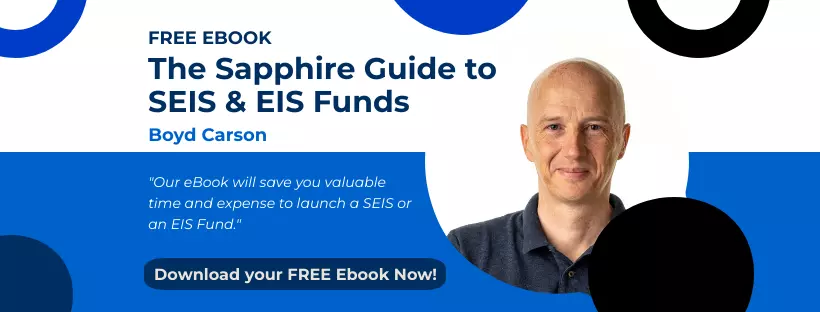
As the latest wave of EIS and SEIS offers subsides, and we enter the new tax year, we look back at some of the issues we have come across while advising our clients on setting up investment structures in this space:
Stand-alone or fund?Economies of scale will often mean that a fund is a cost-effective approach where a stand-alone offer for a single corporate would not be, particularly in the SEIS space. However, given that the maximum raise under EIS is now £5,000,000, there can be times when a single company EIS offering makes sense – particularly given AIFMD issues.
Is an EIS fund an AIF?
We have seen various attempts to structure EIS offerings in a way designed to take them outside the scope of AIFMD. We think such attempts should be approached with caution, given the FCA's view, as expressed in its Perimeter Guidance Manual, that a traditionally structured EIS fund should be considered a collective investment undertaking and an AIF.
Does an EIS AIFM need retail permissions?Quite a complex issue. The AIFM’s client is the fund (as a professional customer) and there is an argument that dealings with investors would fall within the scheme management activities exemption. However, our view is that, given the range of services provided by an AIFM under the terms of a typical agreement with investors, which involves not only the provision of a degree of discretionary management, but also dealing with client money and safeguarding and administering investments, it is best practice for the AIFM to have retail permissions unless all investors are professional customers (either per se or elective).
What restrictions on marketing apply?We still see a considerable number of Information Memoranda which appear not to take into account the FCA Handbook provisions on direct offer financial promotions for non-readily realisable securities (COBS 4.7.7R). In our view, these provisions would apply to a typical EIS or SEIS fund offer document, with the result that a financial adviser is likely to need to be involved in the process where retail investors are concerned.
Does an Information Memorandum need to be verified?Verification of a document can be a time consuming and irksome exercise. Where an authorised person is involved in issuing an information memorandum, or is approving its contents under s21 of FSMA, we would expect that they would require a verification process to be carried out. For a stand-alone corporate IM, this also has the benefit of offering the directors of the investee company, and that company itself, potential protection from liability under s89 of the Financial Services Act 2012 on the basis that they did not knowingly or recklessly make any misleading statements.
Why have there been so few SITR offerings?On the face of it, SITR relief, which gives tax relief to individuals who make qualifying investments in certain types of social enterprise (charities, community interest companies, community benefit societies and social impact contractor companies) is an attractive proposition. However, we have seen very few SITR offerings to date. Possible reasons for this could include: lack of awareness – both among financial advisers and fund managers; the uncertainty of what constitutes a “social enterprise”; and concern that the investee companies may not be financially robust propositions. But perhaps this will change as awareness of the possibilities spreads gradually through the investment community.
Special thanks



